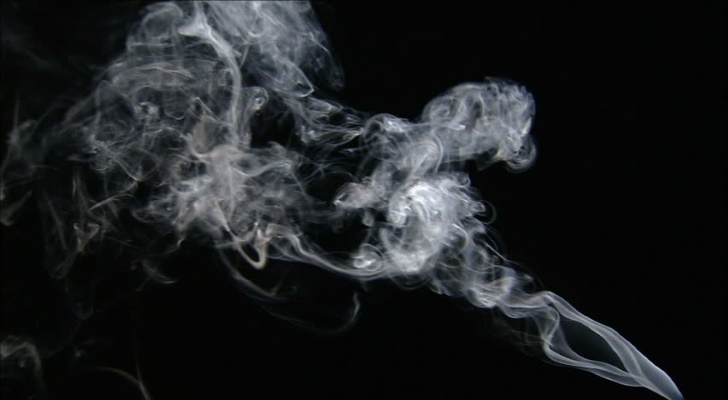
A common symptom of asthma is shortness of breath. Some individuals experience episodes of pronounced breathlessness. Shortness of breath can occur in older adults for many reasons and is not specific to asthma. Breathlessness can occur at any age. During episodes, it can make speaking and normal breathing feel difficult.

A persistent cough is another feature associated with asthma. There is a form referred to as cough-variant asthma, in which coughing can be frequent and prolonged. In some cases, people describe the sensation of coughing regardless of activity. It may occur during the day and at night and can disrupt sleep. The cough is often dry rather than productive. This pattern can persist for extended periods. This symptom is often noted among young children, and wheezing may also be present.

Wheezing is a whistling sound that differs from a cough. It often occurs when airflow is limited. Chest tightness may accompany wheezing. To some listeners it can resemble a soft, high-pitched whistle. This description is informational and not a diagnosis.

As noted, some individuals may not always find it easy to speak during respiratory episodes. Breathlessness can make talking difficult as a person tries to take in air. Difficulty communicating can occur during severe episodes. Airflow may be markedly reduced, and wheezing can diminish when airflow becomes very limited. Other effects can include reduced focus, sleep disruption, and general discomfort.

Exposure to tobacco smoke can worsen respiratory symptoms. Such exposure is associated with more pronounced respiratory episodes. Secondhand smoke can also aggravate symptoms. Chemicals in smoke can irritate the airways regardless of nicotine content. Air pollutants like vehicle exhaust may act as triggers for some individuals.

Restless nights. People with asthma may have difficulty maintaining restful sleep. They may wake during the night, and returning to sleep can take time even when tired. Nocturnal shortness of breath and related symptoms can occur after midnight. Difficulty sleeping can occur across different asthma patterns. This may relate to nighttime changes in breathing patterns.

Allergic reactions can vary with seasons. While colder months may feel quieter for some, spring and summer can bring more airborne particles. In addition to mild allergies, individuals may notice increased sensitivity to pollen and flowering plants. Sensitivity to animal dander can also occur.

Chest discomfort is another reported symptom. In some situations, such as sitting for a while, people describe a sensation of tightness in the chest. The image is of a belt or band that feels snug around the chest. The pressure can be experienced as aching or soreness in that area. Chest symptoms can have many causes; this text is informational and not a diagnosis.

In cold conditions, lips and extremities can appear bluish. Similar color changes can also appear during episodes of reduced oxygenation; these are uncommon and vary by situation. In that context, the appearance can be concerning but varies by situation. Reduced oxygen levels may contribute to these changes in coloration. Comparable changes can occur at high altitudes or with other conditions.

Fainting (syncope) can occasionally occur in association with respiratory symptoms and is considered a rare manifestation. During a brief episode, a person may lose awareness for a short time. Most episodes resolve quickly. It can sometimes follow intense coughing. This article is informational and does not provide first-aid instructions. Descriptions here reflect observed patterns and are not prescriptive.
Learn more about asthma at CDC.

